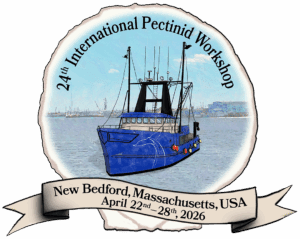Whaling in New Bedford &
The New Bedford Whaling Museum
The land on which New Bedford resides was purchased from the Wampanoag people in 1652, yet it did not transform into a whaling port until the l767 with the construction of the whaling ship “Dartmouth”. Prior to 1823 Nantucket held the title as the whaling center of southern New England, with most whales being caught in shallow coastal waters during the 17th and 18th centuries. Nantucket enjoyed an advantage due to its proximity to whale migratory routes, despite having a shallow harbor.
As the early 19th century progressed whaling voyages extended to find whales further into deeper waters. As voyages evolved into lengthy expeditions, often lasting months then multiple years while navigating around Cape Horn and the Cape of Good Hope, ships grew in size, necessitating greater support from various industries to equip crews and vessels. Nantucket’s challenges with its shallower harbor, shifting sandbars, and perilous shoals prompted a decline in its whaling activities and New Bedford’s whaling industry flourished and eventually eclipsed Nantucket’s, due to its deep-water harbor, closeness to open waters, ad the ability to easily establish support industries with ample available land and workers.
In 1800, 17 ships set sail from Nantucket compared to just seven from New Bedford. By 1820, Nantucket still led with 45 ships against New Bedford’s 36. However, this gap closed rapidly; by 1823, New Bedford had surpassed Nantucket in annual whale ship departures and maintained that lead thereafter. As a result New Bedford grew quickly from a small coastal village to a booming city. The introduction of the railroad in 1840 improved access to markets in New York and Boston, solidifying New Bedford’s status as the largest whaling port and the wealthiest city globally. During its peak, New Bedford’s whaling industry profoundly influenced its maritime economy, fashion, architecture, and cultural landscape. Today, the city’s rich whaling heritage is evident in its art, industry, and community.
The New Bedford Whaling Museum
Anchored in the story of New Bedford’s whaling industry, the New Bedford Whaling Museum documents and shares the diverse stories of this vibrant maritime region and its people, both bygone and current. It’s mission is to ignite learning through explorations of art, history, science and culture rooted in the stories of people, the region and an international seaport.
Visit the Waling Museums website for more information about their mission and wonderful collections:
